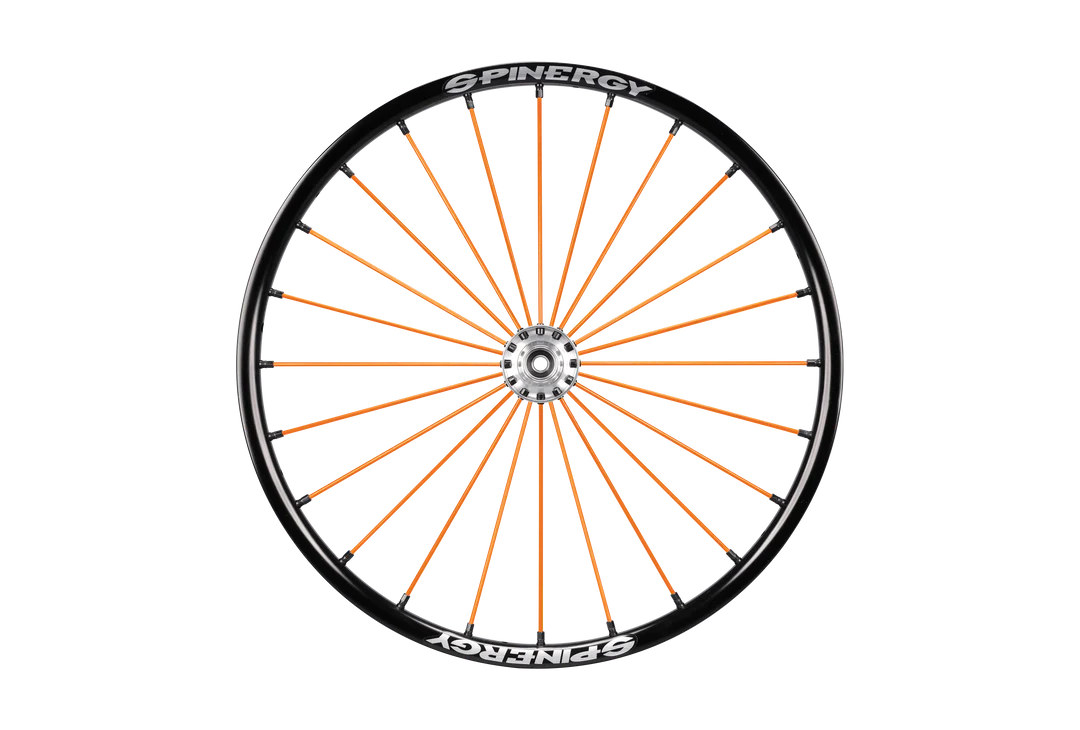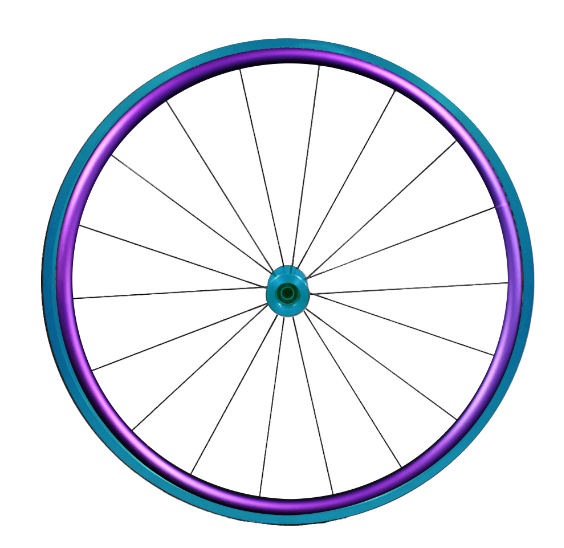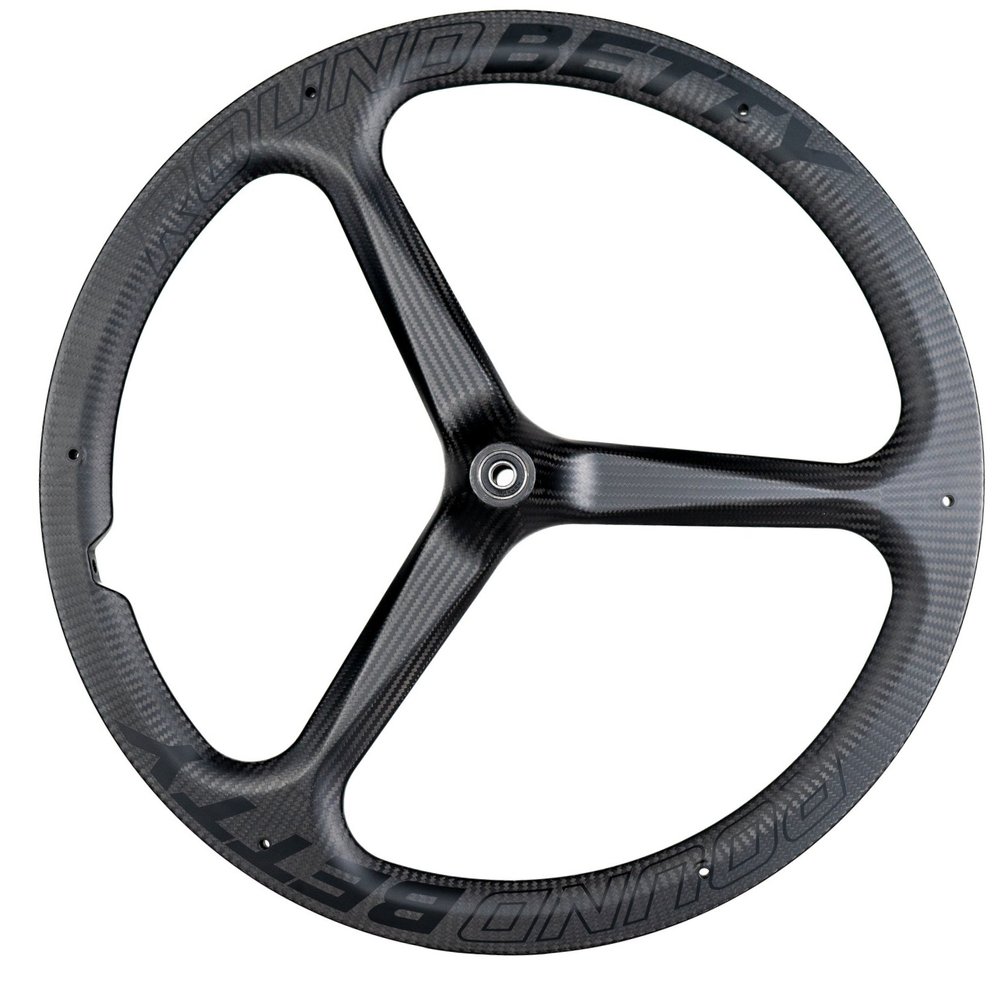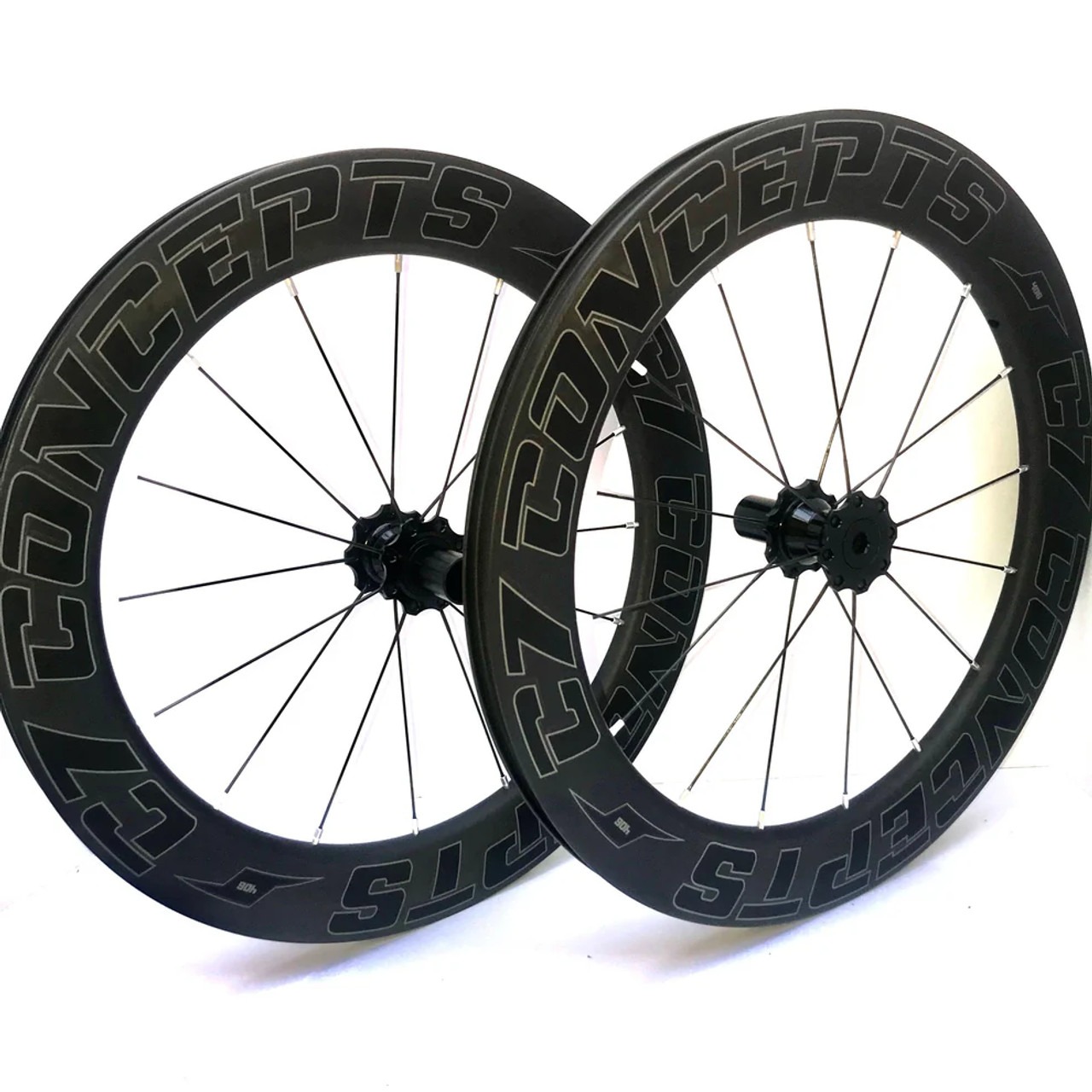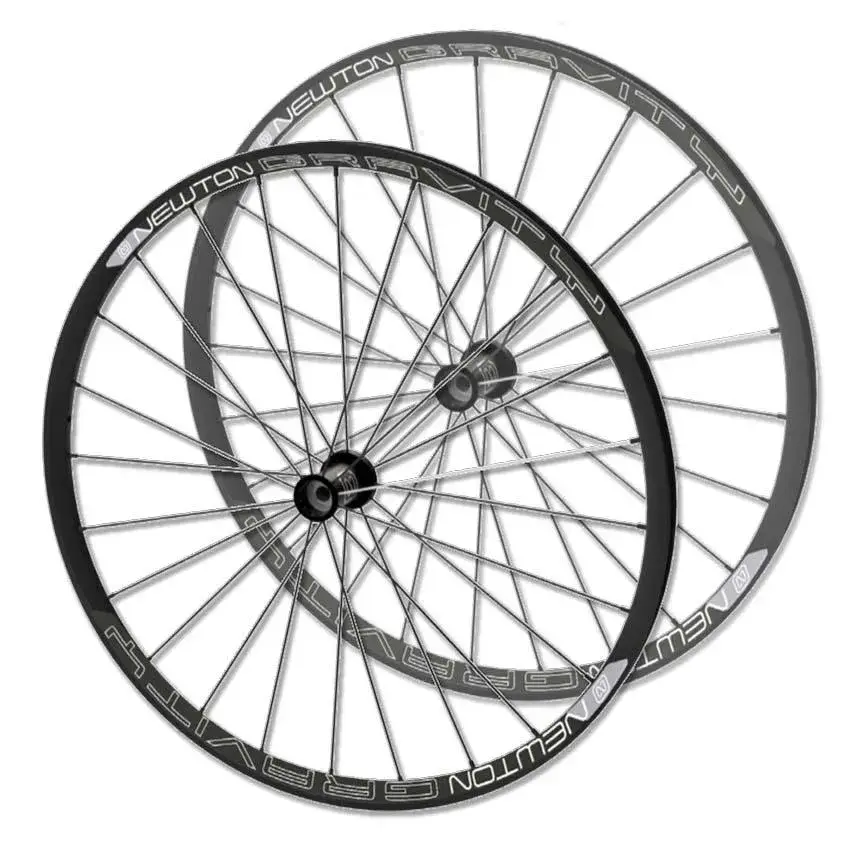WHEEL 101
At ROAM, we understand that a one-size-fits-all approach doesn’t work for everyone. That’s why we offer a comprehensive selection of customizable folding wheelchairs, meticulously crafted to meet your specific needs and preferences.
Key Components
This frame is for the serious athlete that needs the edge, the NRG is a medal winner.
Introducing the Top End NRG Full Carbon Racer: the pinnacle of racing excellence. Crafted entirely from carbon fiber and tailored to your body, this elite racing wheelchair, endorsed by champion Daniel Romanchuk, has already achieved podium finishes at the 2024 Boston and London Marathons.
Key Components of a Wheelchair Wheel
From lightweight aluminum options to high-performance composite materials, there’s a wheel out there to suit every need. Let’s dive into some of the top brands and innovative features that are shaping the future of wheelchair mobility.
| Wheel Component | Overview | |
Rim |
| |
Spokes |
| |
Hubs |
| |
Bearings |
|
Wheel Size
This frame is for the serious athlete that needs the edge, the NRG is a medal winner
Understanding Wheelchair Wheel Size
From lightweight aluminum options to high-performance composite materials, there’s a wheel out there to suit every need. Let’s dive into some of the top brands and innovative features that are shaping the future of wheelchair mobility.
Seating Position and Accessibility
- Height: Larger wheels can elevate the rear seat height, which is crucial for users with taller frames to ensure proper access to their environment.
- Upper Extremity Position: The wheel size and its placement in relation to the frame can affect the user’s upper extremity position during propulsion. Ideal elbow flexion for efficient propulsion is between 60 and 80 degrees.
Propulsion Efficiency
- Contact Time and Area: Larger wheels increase the contact time and area between the handrim and the ground during the propulsion stroke, leading to more efficient propulsion.
- Distance Per Push: A larger wheel diameter allows the user to travel a greater distance with each push, reducing the number of pushes required.
Maneuverability
- Terrain: Larger wheels offer better performance on rougher terrain due to their increased ability to climb obstacles.
- Space: While larger wheels can make it easier to navigate uneven surfaces, they can also increase the wheelchair’s footprint, making it more challenging to maneuver in tight spaces. The placement of the wheels within the frame plays a crucial role in determining maneuverability.
Most common wheelchair wheel sizes
The most common size wheelchair wheel is the 24″ (540) as the size is often preferred for both indoor & outdoor use, as it provides increased speed and stability on uneven surfaces.
Here are all the sizes to wheelchair wheels.
- 22” (501)
- 24” (540)
- 25” (559)
- 26” (590)
- 700c (622)
Top Manufacturers
Explore some of the top brands designing wheelchair wheels + accessories.
